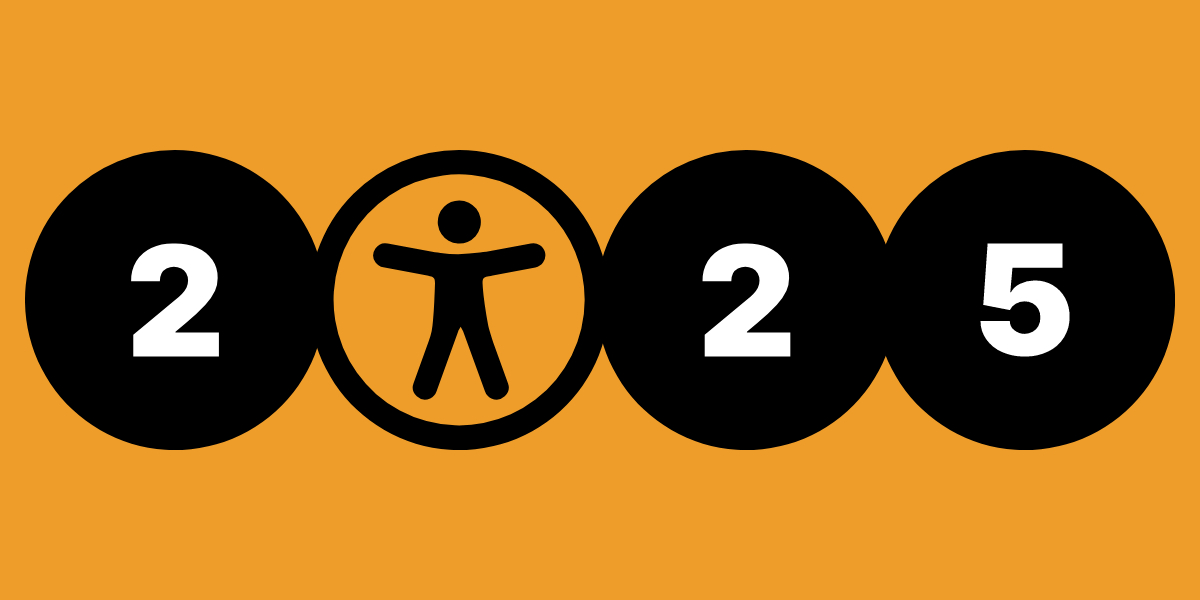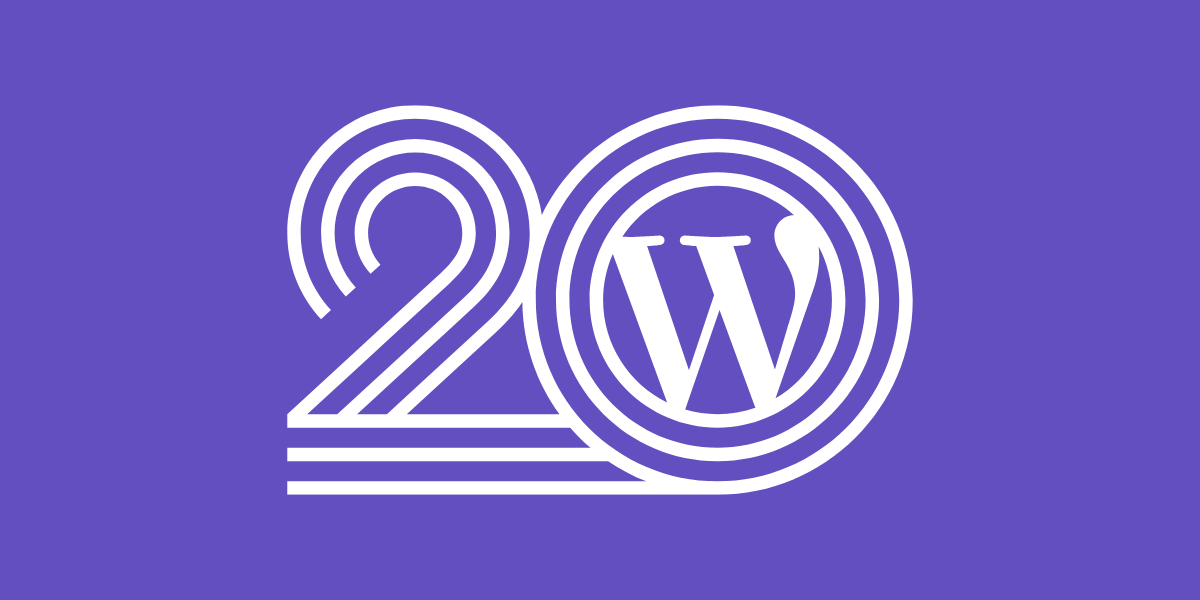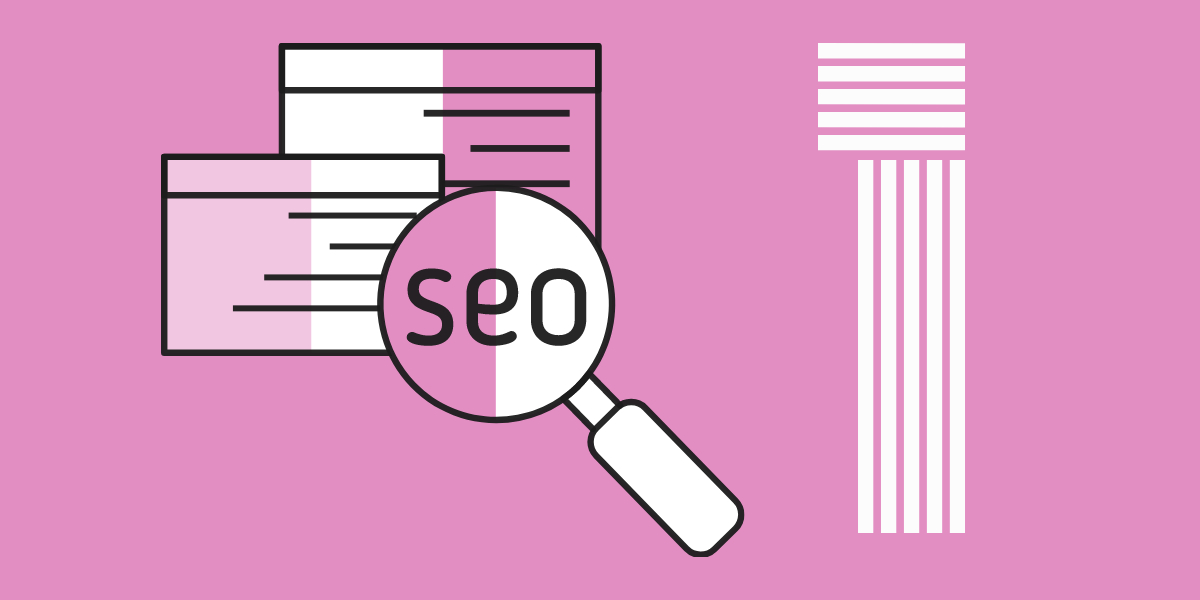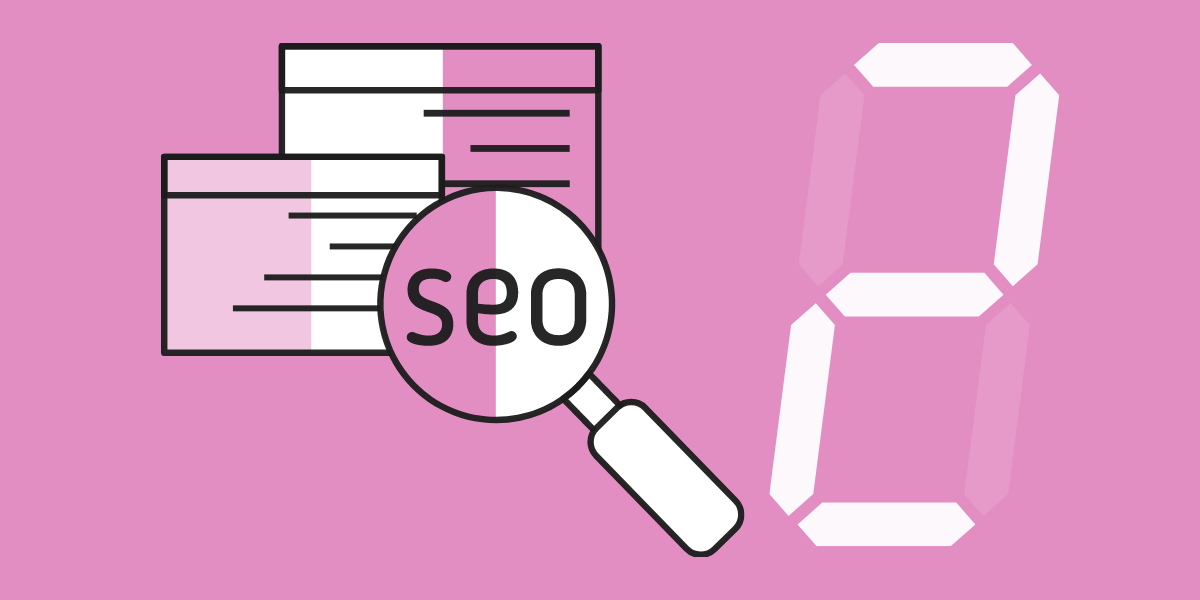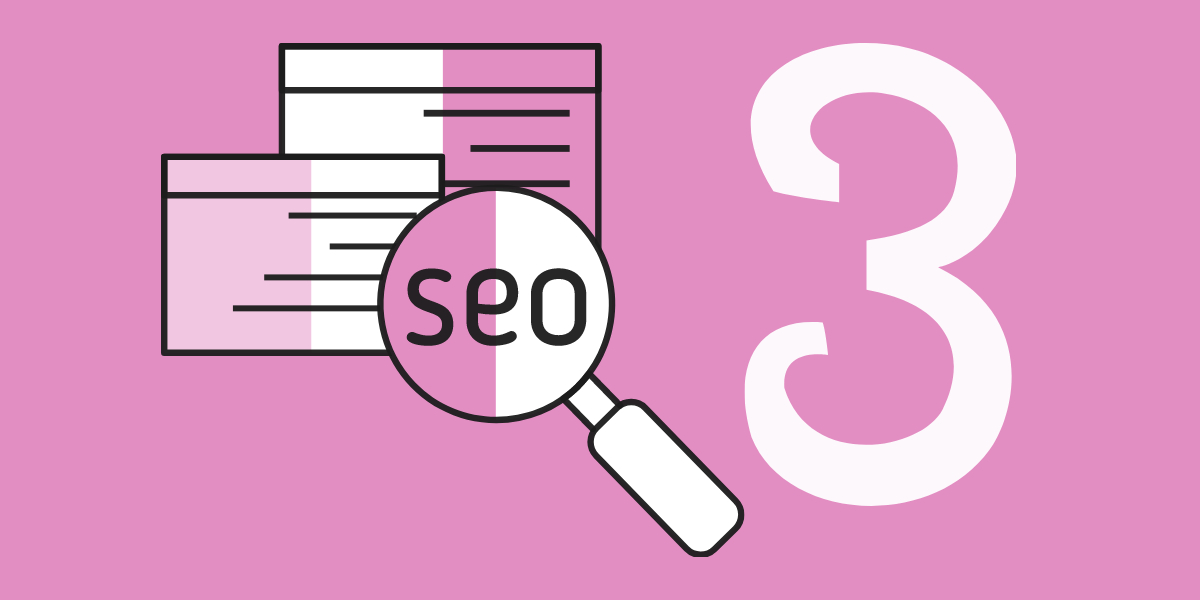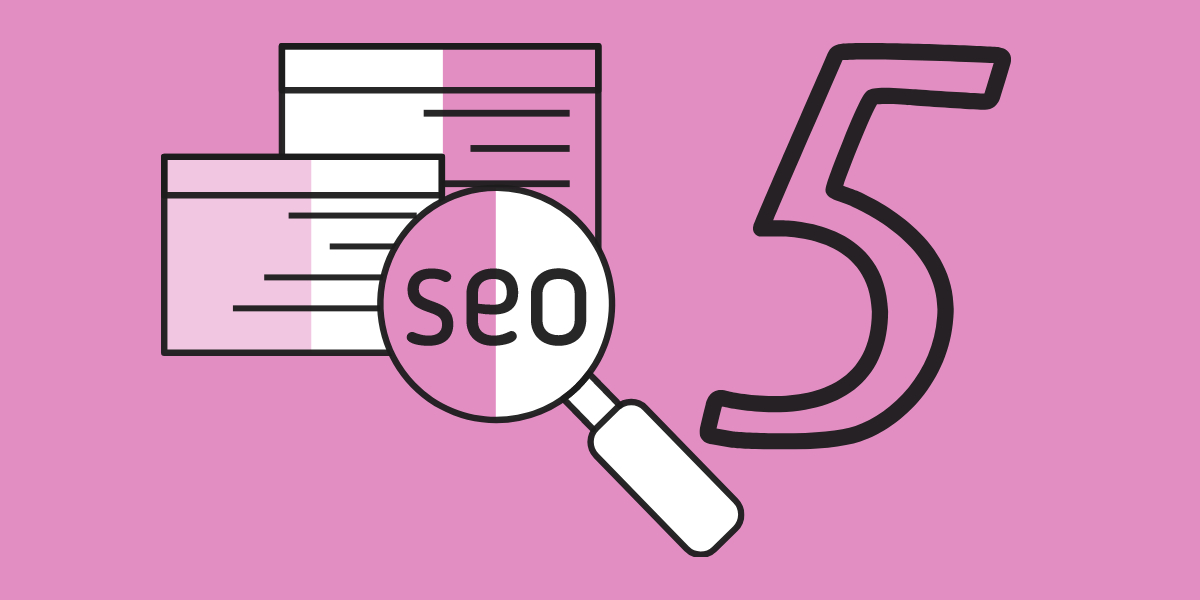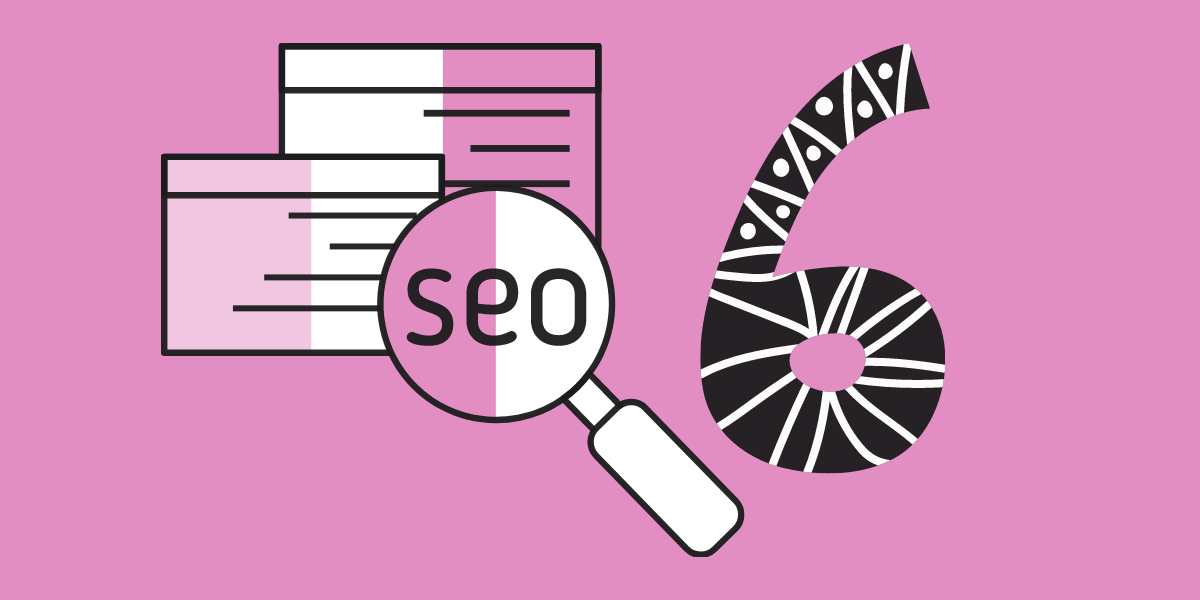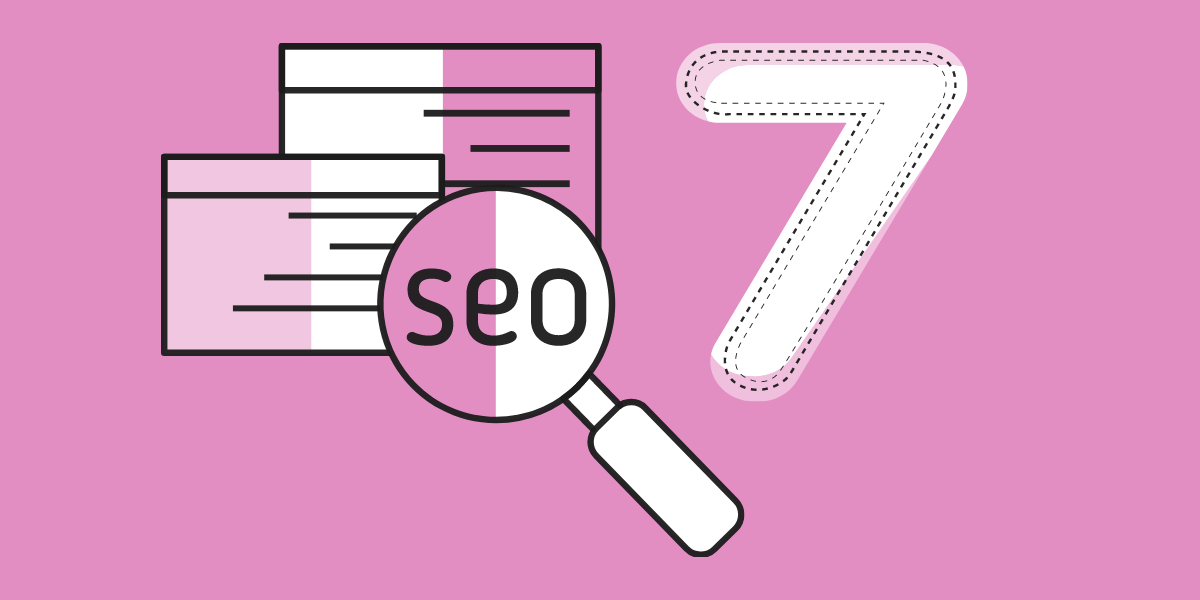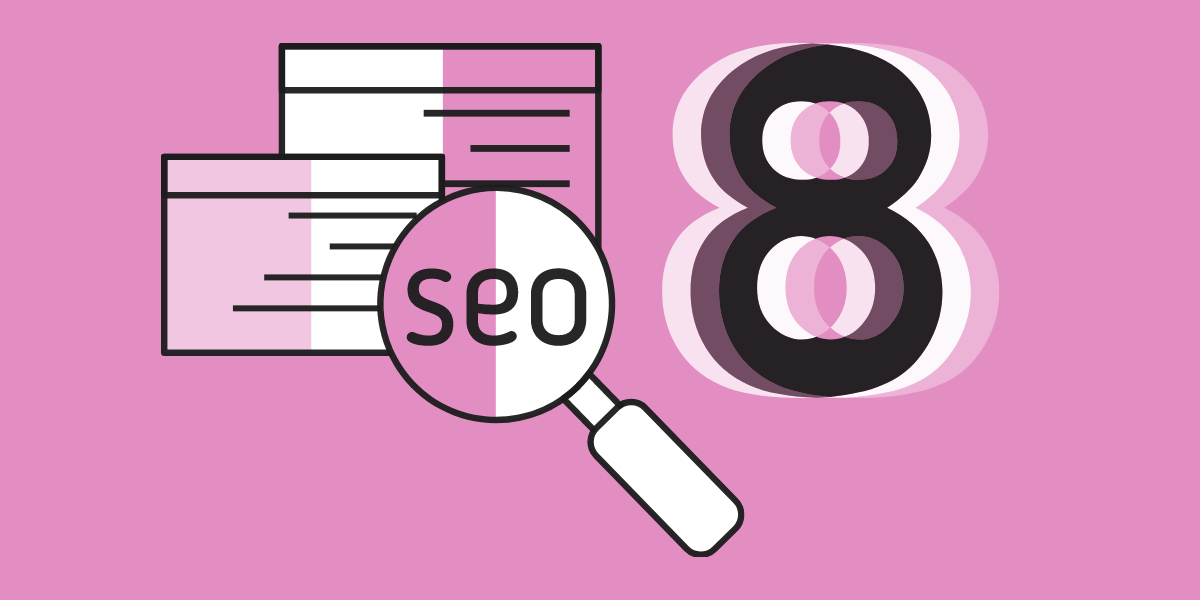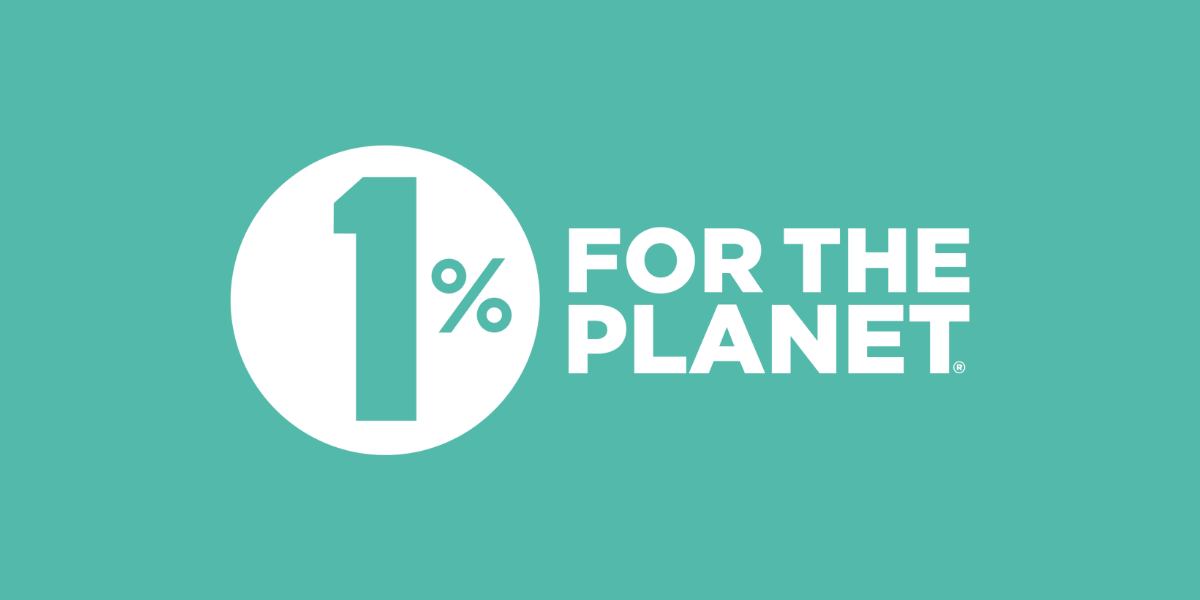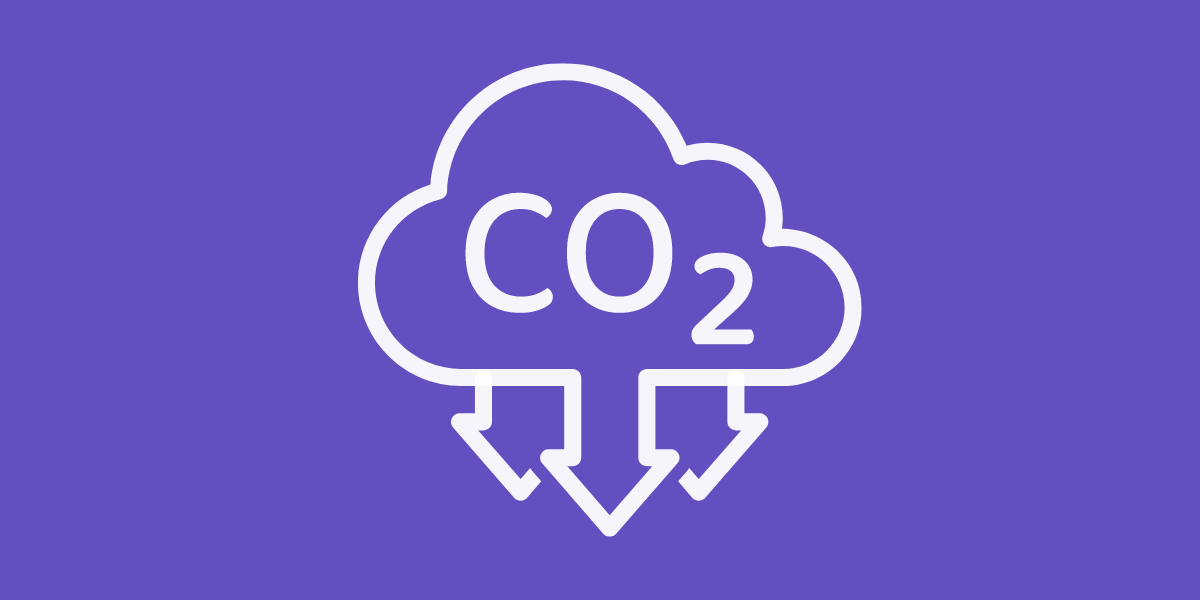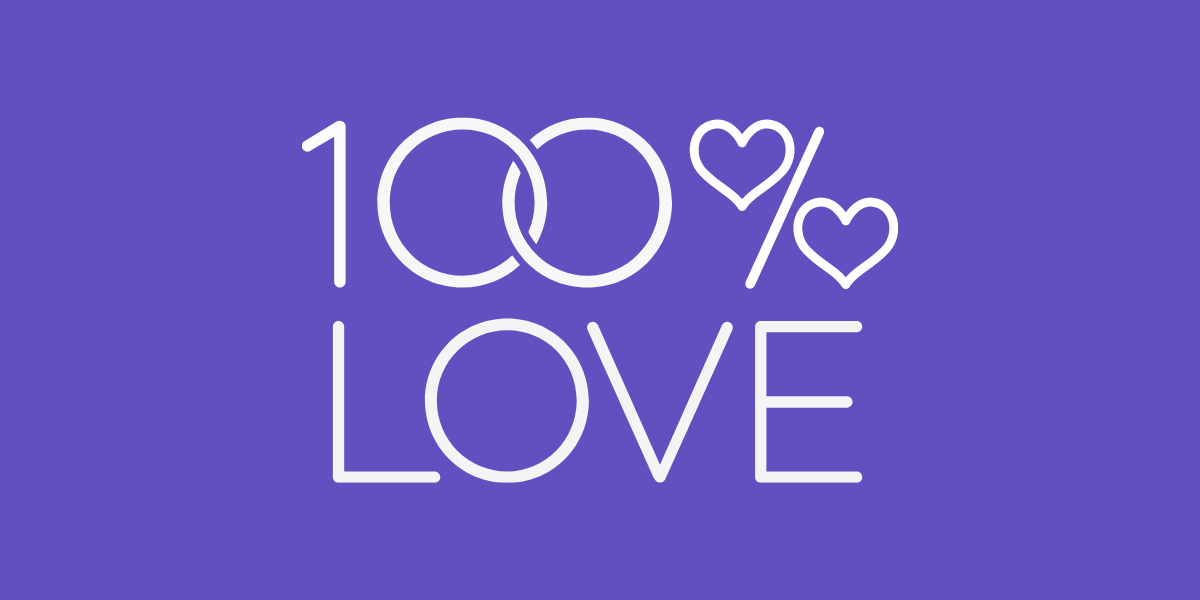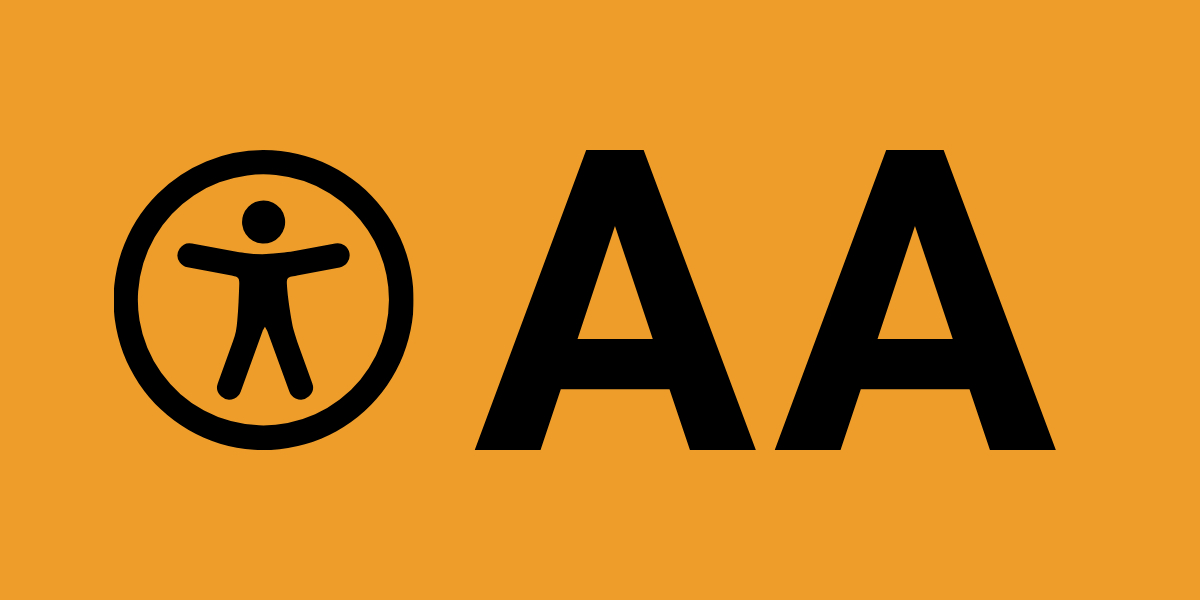Are you prepared for the European Accessibility Act?
The Web Content Accessibility Guidelines (WCAG) provide a comprehensive framework for making web content more accessible to people with disabilities. With the upcoming European Accessibility Act (EAA) set to reinforce these standards in 2025, it’s essential to understand the importance of web accessibility and how these guidelines help create an inclusive digital environment.
Understanding WCAG
The WCAG web accessibility standards are developed by the World Wide Web Consortium (W3C) through the Web Accessibility Initiative (WAI). WCAG provides a set of recommendations for making web content more accessible, particularly for people with disabilities. The guidelines are organised around four principles, often referred to by the acronym POUR:
- Perceivable: Information and user interface components must be presentable to users in ways they can perceive. This includes providing text alternatives for non-text content and making content adaptable for different formats.
- Operable: User interface components and navigation must be operable. This means ensuring that all functionalities are accessible via keyboard and providing users with enough time to read and use content.
- Understandable: Information and the operation of the user interface must be understandable. This involves making text readable, predictable, and helping users avoid and correct mistakes.
- Robust: Content must be robust enough to be interpreted reliably by a wide variety of user agents, including assistive technologies.
Each POUR principle contains specific guidelines and success criteria that web developers can follow to ensure their content meets various levels of accessibility:
- A (basic)
- AA (mid-range)
- AAA (highest)
Achieving WCAG Level AA is often considered the standard goal for many organisations, balancing accessibility improvements with practical implementation.
The Importance of Web Accessibility
Accessible web design ensures that everyone, regardless of their abilities, can access and interact with digital content. This is particularly important for individuals with visual, auditory, motor, and cognitive disabilities. By making websites accessible, we promote inclusivity and equal opportunity for all users.
Inclusive design improves the overall user experience. Features like text alternatives for images, keyboard navigation, and clear, consistent layouts benefit all users, not just those with disabilities.
Moreover, web accessibility and search engine optimisation (SEO) go hand in hand. Accessible websites are often better structured and easier for search engines to crawl, which can improve search engine rankings and increase visibility.
Finally, web accessibility is a legal requirement in many countries. Laws such as the Americans with Disabilities Act (ADA) in the United States and the Accessibility for Ontarians with Disabilities Act (AODA) in Canada mandate that public and private sector organisations make their digital content accessible. Non-compliance can result in legal consequences and damage to an organisation’s reputation.
The European Accessibility Act
The European Accessibility Act (EAA) was adopted in 2019, and member states were given until June 28, 2022, to transpose the directive into national law. The actual compliance date for businesses and service providers is June 28, 2025, representing a significant step forward in ensuring digital inclusivity across Europe. From this date, digital products and services are required to be accessible to people with disabilities, aligning with the principles of WCAG.
The EAA covers a wide range of digital services, including websites, mobile applications, e-commerce platforms, and online banking services. Both public sector bodies and private companies will be required to comply with accessibility standards.
Organisations will need to ensure their digital content meets the legal requirements for web accessibility by specific deadlines. Non-compliance could result in penalties and legal action.
The legislation also mandates regular monitoring and reporting of accessibility compliance. Organisations must demonstrate ongoing efforts to maintain and improve accessibility in digital spaces.
You can read the full text of the directive on the official EU law portal, Eur-Lex: European Accessibility Act – Eur-Lex.
Preparing for Compliance
To comply with the EU’s digital accessibility regulations, businesses should start preparing now. Here are some steps to consider:
- Conduct Accessibility Audits: Assess your current digital assets to identify areas that do not meet WCAG 2.1 guidelines.
- Develop an Accessibility Plan: Create a roadmap for implementing accessibility improvements, including timelines and responsibilities.
- Implement Changes: Update your websites, apps, and other digital tools to meet WCAG 2.1 Level AA standards.
- Train Staff: Ensure your team understands the importance of accessibility and knows how to maintain it in their work through web accessibility training.
- Monitor and Maintain: Regularly check your digital assets for accessibility and stay updated with evolving standards.
By embracing web accessibility, businesses not only comply with regulations but also contribute to a more inclusive digital world. The upcoming European Accessibility Act underscores the importance of this commitment and sets a clear path for ensuring that digital spaces are accessible to all.
For more detailed information on WCAG, visit the W3C Web Accessibility Initiative, and to stay updated on the European Accessibility Act, keep an eye on official EU publications and accessibility resources.
